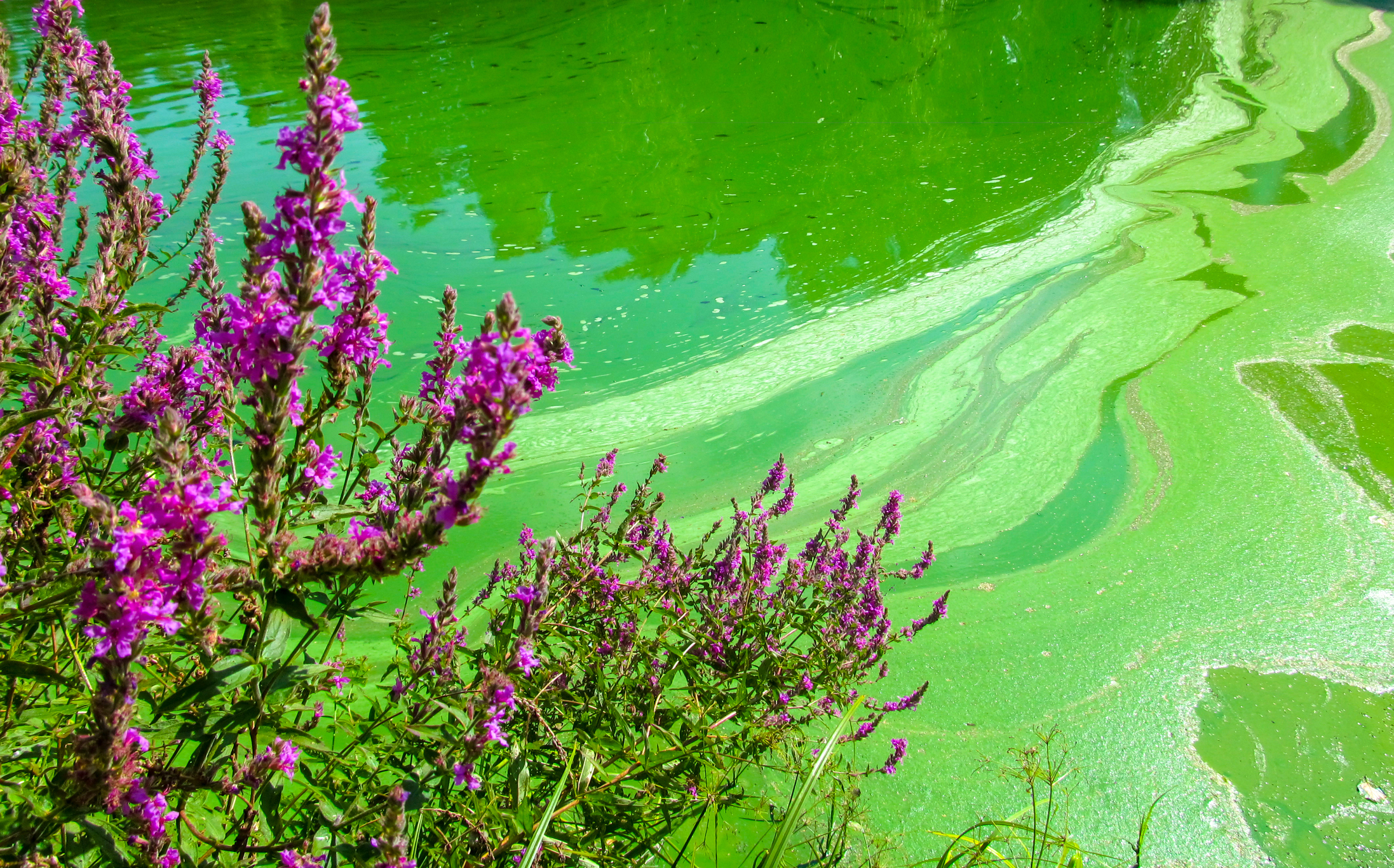What is a Data Story?
Storytelling is one of the most powerful ways to educate, inspire, and entertain. This is one of the many reasons stories are an impactful communication tool in understanding data and bringing it to life. Data stories are interactive narratives that showcase complex information in a way that is easily digestible.
This can allow for data to be analyzed by various audiences and initiate action and change in the form of:
- Policy development
- Program planning
- Grant applications
- Environmental health surveillance
- Community level interventions
- Public health research.
The Kansas Environmental Public Health Tracking program has two new interactive data stories covering topics such as Harmful Algal Blooms and Tickborne Disease. Within each data story, there are links that will allow you to click and explore a topic more in-depth or view a supporting resource. To view these data stories, click on the image below.

Harmful Algal Blooms

The Kansas Department of Health and Environment (KDHE) Harmful Algal Bloom (HAB) Program conducts surveillance on HAB-affected public waterbodies in Kansas. The program has been formally tracking harmful algal blooms in Kansas since 2010. This program is response-based and receives complains and information regarding HABs from the general public and stakeholders, such as lake managers and program partners.
This data story goes through the process of how a harmful algal bloom can develop in Kansas waters along with summaries of HAB seasons spanning from 2018-2022. This story also gives information on the following:
- Cyanotoxins: What are they and what effects do they have on the body?
- Pathways that humans and animals can be exposed to HABs
- Symptoms of exposure
- HAB response program
- How to report a HAB
- Public health advisories
- Complaints and human/animal illnesses
- Data in action
To view the Harmful Algal Blooms data story, click here.
Tickborne Disease

Interactions between people and nature have increased due to land development and changing climate patterns. This interactive data story gives an in-depth overview of the most common tickborne diseases in the state of Kansas: Anaplasmosis, Ehrlichiosis, Lyme Disease, and Spotted Fever Rickettsioses. Information is included for each disease regarding transmission, geographic distribution of the ticks, tick surveillance mapping, risk factors, and signs and symptoms. Case-specific data for each tickborne disease is also available for viewing.
To view the data story on tickborne diseases in the state of Kansas, click here.